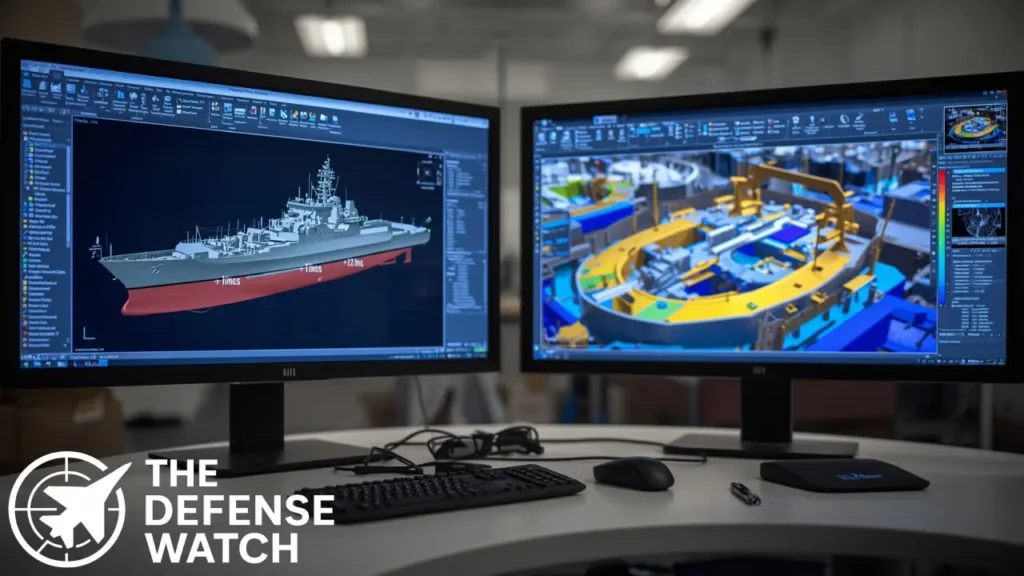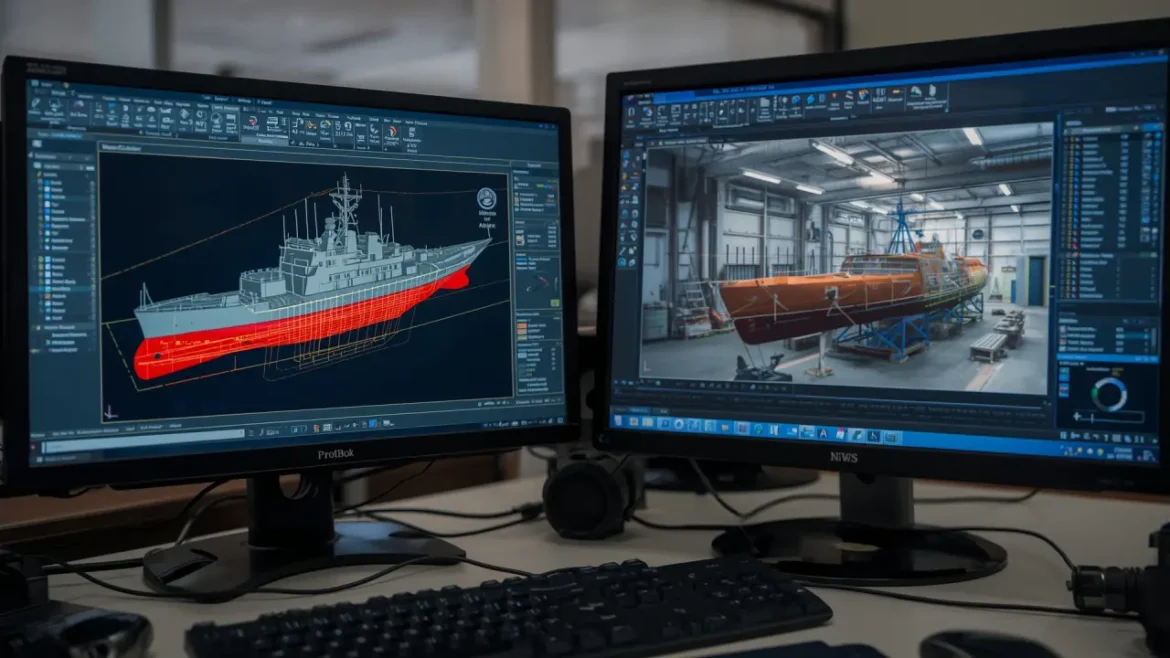Naval architecture services in the USA are gaining renewed prominence as the nation grapples with escalating defense shipbuilding demands. From conceptual hull design to retrofit engineering, these services are pivotal to advancing U.S. naval power in an increasingly contested global maritime arena.
The Scope of Naval Architecture Services in the United States
Naval architecture—through design, engineering, stability, hydrodynamics, and integration of propulsion systems—serves both military and commercial marine sectors. Firms like NETSCo offer comprehensive support from 3D scanning and finite element analysis to environmental compliance and project management for vessels ranging from tankers to offshore support craft. Government laboratories, such as NSWC Carderock’s Naval Architecture and Engineering Department, deliver research, model-scale hydrodynamic testing, conceptual design, and propulsion evaluation for surface ships, submarines and unmanned systems.

Industrial Imperatives and Workforce Shortages
The U.S. shipbuilding sector confronts a dual crisis: a pressing surge in demand and a shrinking pool of qualified naval architects and marine engineers. Workforce shortages, particularly in skilled trades, are hampering the pace of design and construction—weak points the industry must urgently address. In parallel, academic institutions produce relatively few graduates in this field, with only a limited number of programs nationwide preparing students for roles in naval architecture and marine engineering.
Strategic Pressures from Defense Initiatives
Strategic drivers—such as fleet expansion and modernization—are amplifying reliance on domestic naval architecture capabilities. The upcoming Explorer-class surveillance ships and Polar Security Cutter icebreakers exemplify programs relying on advanced vessel design services: the Navy has authorized seven Explorer-class SWATH vessels and awarded significant contracts for polar icebreaker construction. Industrial capacity constraints also complicate submarine commitments under the AUKUS pact, with doubts emerging about meeting demands for Virginia-class submarines without a transformational increase in shipbuilding infrastructure and design throughput.
Analysis & Context
The confluence of expanding naval missions, critical capability gaps, and industrial bottlenecks underscores an urgent need for strategic investment in naval architecture services. Bolstering domestic design and engineering capacity is not simply about workforce growth—it’s about preserving technological agility and maritime superiority. Collaborations among academia, private sector design firms, and defense labs can help bridge gaps through curriculum expansion, apprenticeships, and integrated project pipelines.
FAQs
They include concept design, hull and structure engineering, stability and hydrodynamics assessment, propulsion and machinery layout, retrofit/modification planning, regulatory compliance, and computational modeling and testing.
Rising shipbuilding demand combined with a thinning workforce of trained naval architects and marine engineers is stretching industrial and academic resources thin.
Significant programs include the Explorer-class surveillance ships, Heavy Polar Security Cutters, and Virginia-class submarines under AUKUS—each requiring sophisticated design inputs.
Expanding university programs, boosting recruitment and retention, enhancing training with industry-academia partnerships, and investing in naval design infrastructure are key to resilience.


3 comments
[…] naval requirements were far more demanding. Carrier aviation imposed stresses — catapult launches, arrested recoveries, salt corrosion, and […]
[…] Denmark has been cleared to purchase up to 200 AIM-120C-8 AMRAAM (Advanced Medium Range Air-to-Air Missiles) for an estimated total of US$730 million. The sale includes associated support equipment and services. […]
[…] to official contract information, the 433 million dollar award covers procurement, integration, and support services for the helicopters. The work will be performed primarily at Sikorsky’s manufacturing site in […]